CycleSyncing 101: The ultimate guide to living in line with your cycle
2 years ago
Cycle syncing2 years ago
Cycle syncing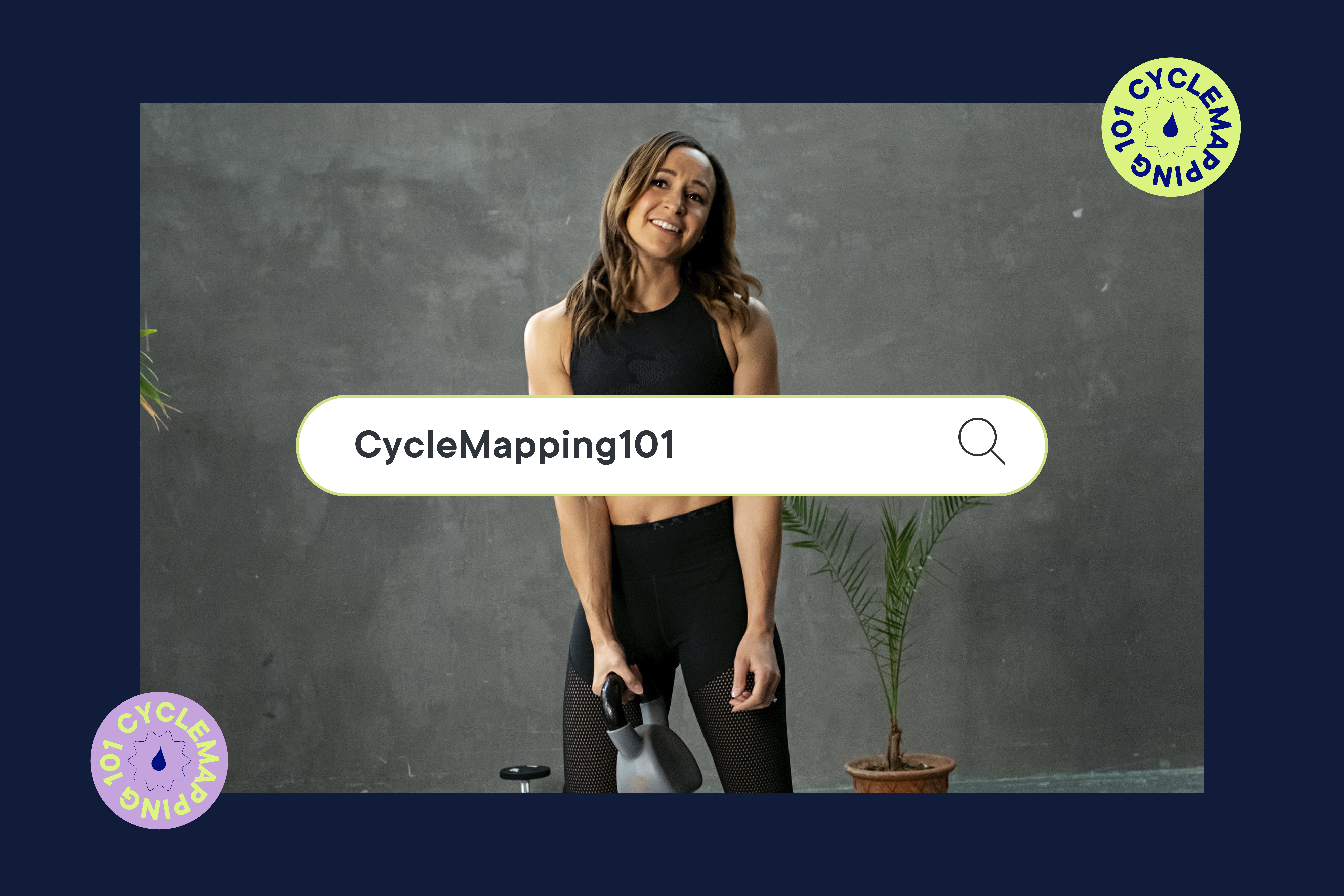
How to work with your menstrual cycle to exercise smarter, get fitter quicker, feel happier, reduce cycle symptoms, understand your sex drive and so much more...
For years, women have been conditioned to think they should be always on: active, motivated, ready for sex and smashing their gym sessions. But the reality is that as our hormones peak and trough across each menstrual cycle, our energy levels, motivation, muscle adaptation, sleep quality and cravings naturally change, too.
Instead of denying the power of our hormones and our physiology as women, Cycle Syncing helps us tune into the hormonal changes that take place, then helps you take advantage of what’s happening.
When it comes to movement and exercise, this means that you can make the most of your hormonal profile, which in turn helps you get fitter in less time; build more lean muscle, train more consistently, feel happier and not beat yourself up when the energy or motivation just isn't there (because it's probably hormonal).
To help you Cycle Sync your fitness, we'll explain what happens hormonally across the four phases of your menstrual cycle, plus we'll talk about the one essential app you need to tap into your hormonal power ( Jennis CycleMapping , £2.99 a month).
1) How to Cycle Sync your exercise and the 4 key phases
2) The Period Phase: how to eat, exercise, work, sleep and understand your sex drive
3) The Follicular Phase: how to eat, exercise, work, sleep and understand your sex drive
4) The Luteal Phase:how to eat, exercise, work, sleep and understand your sex drive
5) The Pre-Menstrual phase: how to eat, exercise, work, sleep and understand your sex drive
6) The CycleMapping app: what to expect
7) The benefits: real women testimonies
It’s not just elite athletes who can benefit from knowing how to work with their hormones across a menstrual month
To get started with Cycle Syncing your daily exercise, you’ll need to know your rough cycle length and the start date of your most recent period. From here, you’ll be able to pinpoint the four phases of your cycle (see below) and get a gauge of the hormonal characteristics of each.
If you want to make cycle syncing simple, the Jennis CycleMapping app does the thinking for you, pinpointing where you are in your cycle, then giving you top exercise activities to help you make the most of your hormonal power or alleviate negative symptoms, such as cramps, fatigue, anxiety and low mood.
Created by Olympic heptathlete Jess Ennis-Hill and Physiologist, Dr Emma Ross , the CycleMapping app was created to make it easy for all women to understand their bodies.
“I've been in sport my whole life,” continues Jess, “but it was only towards the latter part of my career that the science of matching your workouts and diet to your menstrual cycle was being touched upon.
“I’ve created Jennis CycleMapping because this information is essential to women’s health, but isn’t accessible or widely talked about.
"By opening up the conversation and making it easier for women to understand their cycles, my team and I want to help women all over the world feel better, train better and understand their bodies better. That’s a legacy I will be really proud of.”
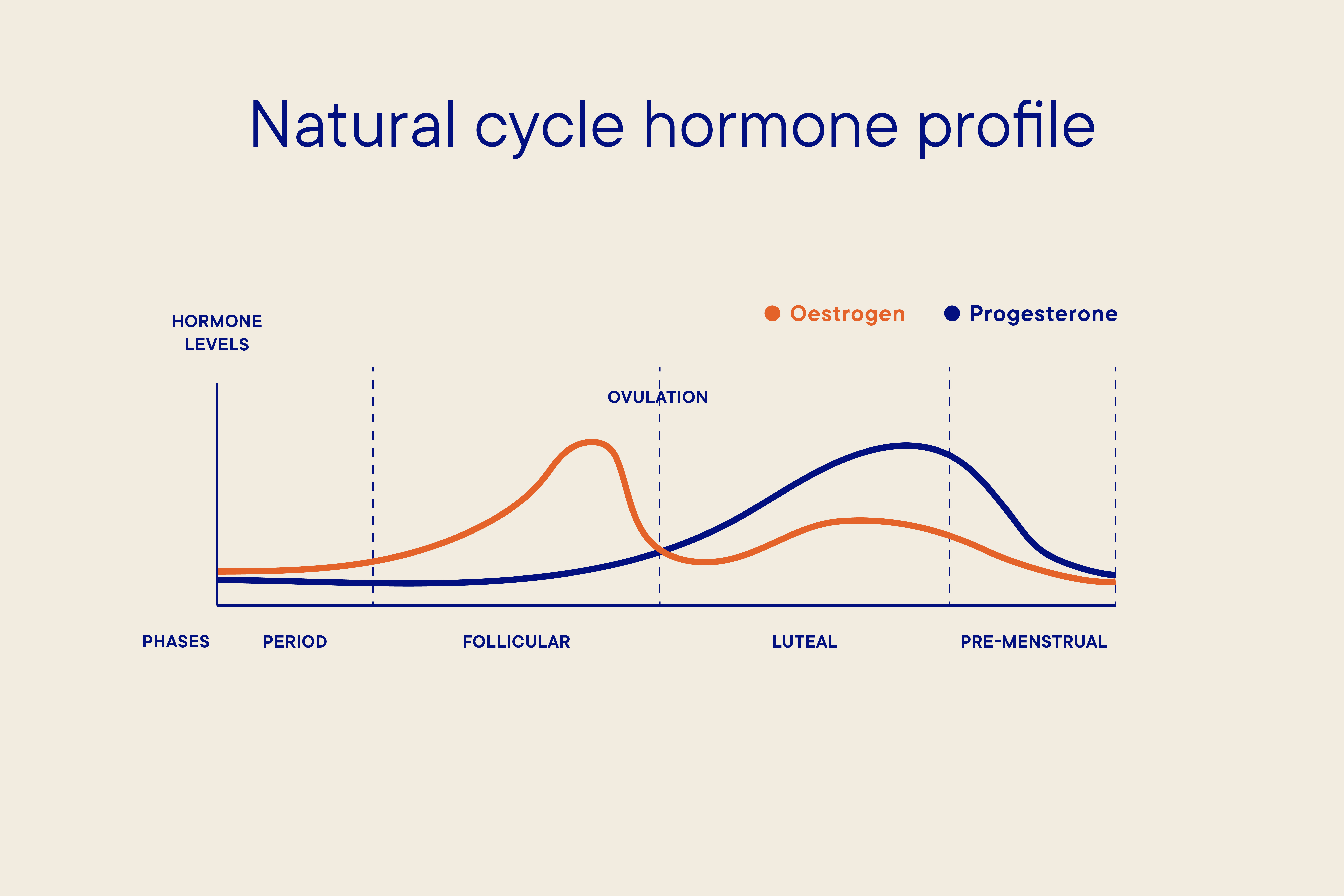
Across a woman’s menstrual cycle, there are four different phases - see graph above - which are characterised by a different hormonal profile.
Each phase has different effects on your body and moods, with this having a knock-on effect to your fitness, food, productivity, sex drive and sleep. The CycleMapping app gives you insights on what's happening, then recommends the best fitness and health strategies to help.
How do you feel and why: Cramps, fatigue, headaches, mood swings, period poo, back ache - any of these sound familiar? Once your womb lining starts to shed and your period / bleed starts, a whole host of symptoms can kick in, with most of them pretty undesirable.
When it comes to what's causing these symptoms, contrary to popular belief, it’s got very little to do with your hormones. As you can see from the graph below, oestrogen and progesterone have pretty much flatlined, so it’s usually a group of hormone-like chemicals called prostaglandins (pronounced: pross-tah-gland-ins) that are creating the undesirables.
We need prostaglandins to trigger the muscles in your uterus to contract in order to expel the lining, but too much prostaglandins and the contraction can be too intense (cue: abdominal cramps and pain) and they can leak into other areas of the body, leading to headaches / nausea / period poo / fatigue - delete as appropriate.

How to exercise in your Period Phase
“There’s no right or wrong way to exercise on your period,” says Jennis CycleMapping founder, Jess Ennis-Hill, “and the key is to tune into what your unique symptoms are telling you and how you are feeling.”
“If you’re raring to go, it’s possible that your oestrogen levels have started to rise and you’re feeling the benefits. If so, do whatever you like, but make sure you stay well hydrated as bleeding can contribute to dehydration,” she explains.
If you’re one of the 84% of people who suffer cramps and aches , this is probably down to the prostaglandin cramp effect, plus the fact that there's not enough blood flow and oxygen getting to the abdominal area. If this sounds like you, certain exercise styles can help, with yoga flows that send blood to this area having a definite impact on cramp reduction.
Whatever your period experience and symptoms, The Jennis CycleMapping app will recommend the right sessions for your physiology and symptoms.
Read more about the best exercise for your personal period symptoms
Yoga flows that send blood to the abdominal area have a definite impact on cramp reduction
What to eat in your Period Phase
If you reduce the prostaglandins, it stands to reason that you can reduce the severity of period symptoms, and this is where the things you eat can help. Research has shown that magnesium and zinc, in particular, can help to alleviate the effects of prostaglandins, so it’s worth eating a diet rich in these minerals across your whole cycle, and being particularly diligent about it in the lead-up to and throughout your period.
Foods rich in magnesium include dark chocolate, lentils, beans, chickpeas and leafy greens and foods rich in zinc include seeds, cashews, meat, shellfish and potatoes, which surprisingly provide 7% of your RDA per large potato.
One of the all-time best ways to combat period cramp and pain, however, is Omega-3-packed foods, such as salmon, mackerel and sardines – or a supplement throughout your cycle. As testament to this, studies show that Omega-3 supplements are more effective than ibuprofen in treating severe pain during menstruation.
Read more about food as menstrual cycle medicine
Your Period Phase and productivity
Your energy, focus, and productivity levels can be at their lowest during menstruation, so it’s worth cutting back on intense work tasks if possible or attacking things in smaller predefined time chunks. It’s also good to cut yourself some slack if you work and / or workout at a slower pace.
Your Period Phase and sleep
When it comes to sleep during your period, you may have disrupted nights because of cramping, bloating, constipation, diarrhoea and many other changes – all of which have a detrimental effect on sleep.
To help combat some of these symptoms, stay hydrated, be conscious of your caffeine intake (not consuming any after lunchtime, for example) and try to eat Omega-3 packed foods (which are also good for pain and cramp reduction).
Read more about sleep across your menstrual cycle
Sex and the Period Phase
Looking at sex in the Period Phase, the science isn’t exactly definitive, but there appears to be two distinct camps: some women feel hornier on their periods, while others find it a total turn off.
For those who do feel ready for sex, there are a range of possible factors, including the pain relief an endorphin-packed orgasm can bring, the extra lubrication and the fact the chances of pregnancy are slightly lower.
On the other side of the fence are the women who say period sex is a total no-no. For them, the reasons for a desire drop include pain, cramping, fatigue and the practicalities of messy blood-flow on the sheets.
Read more about sex across your menstrual cycle
1) Be mindful that you’re drinking enough water. We know that dehydration is a driver of bloating and poor sleep, which are more prevalent during this phase, and a heavy period can make you feel more dehydrated. Drinking water can help with all of these symptoms.
2) Don’t beat yourself up if you aren’t in the mood to go hard on your training sessions. The Follicular Phase is up next, so you can stack your training here and will reap more training gains by adding extra reps and sets when you have more energy and oestrogen.
3) Choose foods rich in zinc, magnesium and Omega-3 - or take these as supplements across your whole cycle to improve menstrual cycle health and reduce the cramps triggered by prostaglandins.
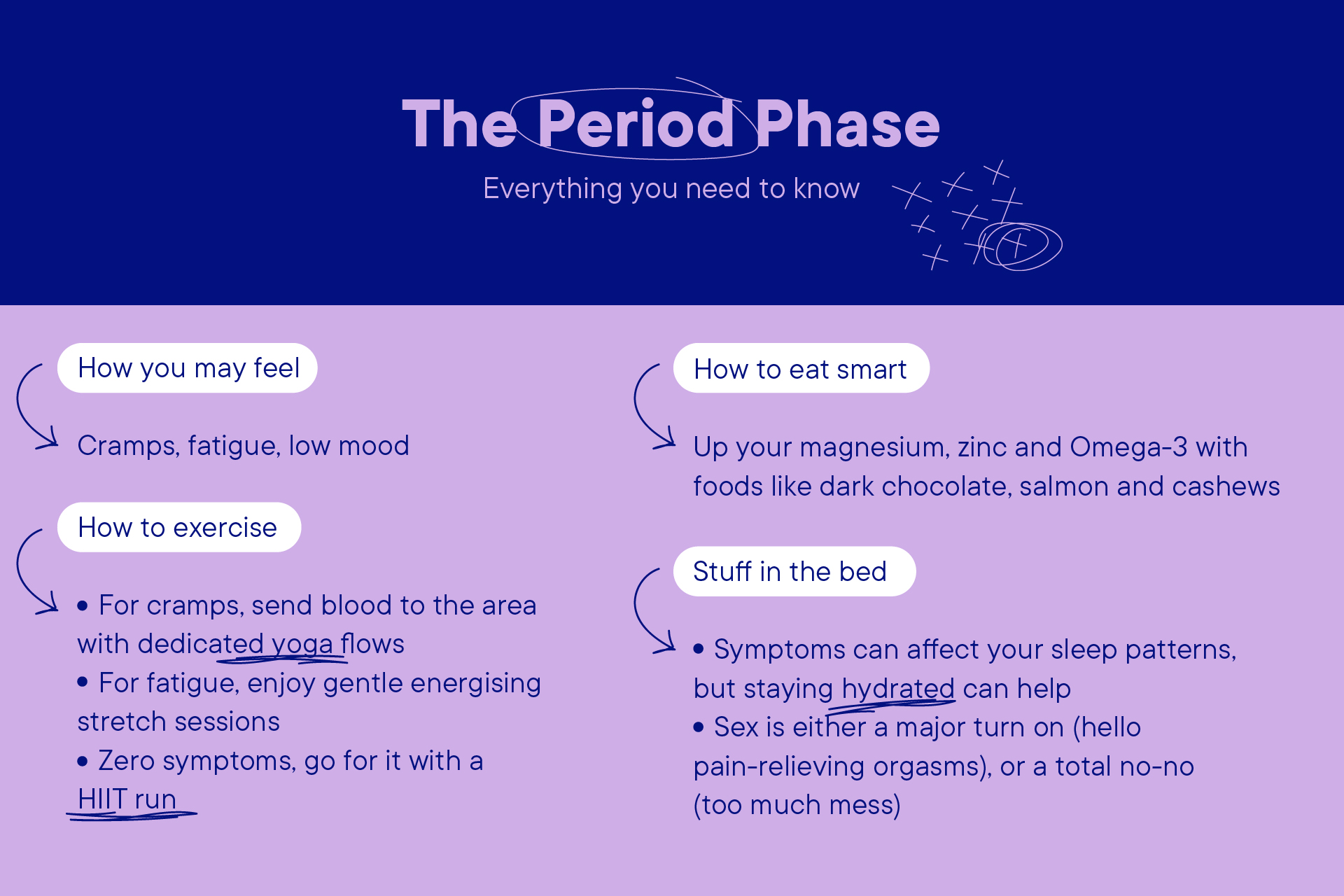
How do you feel and why: Oestrogen (the go-get-em hormone) is on the rise during this phase, and can make you feel more motivated, social, outgoing, confident and more able to tackle challenging problems.

How to exercise during your Follicular Phase
Studies have shown that stacking your resistance and strength training in this phase, then easing off in the next phase, produces better strength gains than when it’s spread evenly . To make the most of this, you should focus on more intense sessions, such as audio HIIT runs, strength sessions or Super HIITs and plot in regular rest days to allow your muscles to build back stronger. By training in this way you can achieve up to 15% more strength gains, so this is the time to really push it.
There’s also a point during ovulation where you may get a very small spike of testosterone for a day or so. According to research this can be a sweet spot for reaching a PB , so tag on an extra set, add more load or really push your runs to make the most of the extra motivation.
For help on what fitness sessions to do and when, sign up to Jennis CycleMapping
Studies have shown that stacking your strength training in this phase, then easing off in the next phase, produces better strength gains than when it’s spread evenly
What to eat during your Follicular Phase
With a high motivation to train and the ability to make bigger fitness gains (thanks to the oestrogen we mentioned above), if you are going harder in your Follicular phase it’s important to fuel correctly both pre and post-workout.
Before your workouts, aim to plan a meal 2-3 hours beforehand and make sure you go for 50% good quality carbs, then split the other half between protein, a small amount of healthy fat and vegetables or salad.
When it comes to post-workout refuelling, you should aim to eat a snack no later than 30 minutes after your session to help your muscles adapt and replenish energy stores. Yet again, it’s important to get your carbs in, so choose post-workout snacks with the optimum ratio of 3:1 carbs to protein. Good examples include a yoghurt based smoothie with seeds and fruit, or rice cakes with peanut butter.
Read more about how to fuel your Follicular phase
Your Follicular Phase and productivity
With oestrogen high, it’s no surprise that productivity can also be at its highest during this phase and you may find you’re able to tackle more challenging problems. Use this to your advantage by cracking through the tough stuff now.
The Follicular Phase and sleep
This is the time in your cycle where sleep is least likely to be disrupted by your hormones. If you do have trouble sleeping though, changing the time you exercise might help.
According to leading sleep scientist Dr Helen Driver, exercising less than three hours before bedtime can disrupt your sleep patterns, but a training session five to six hours before bed will help your body’s core temperature return to normal before you sleep.
Read more about sleep across your menstrual cycle
Sex and the Follicular Phase
Statistically we’re likely to feel our highest levels of sexual desire right at the end of the Follicular Phase, in the five days leading up to ovulation. In a study conducted by Professor James Roney, estradiol, which is a type of oestrogen, is at its highest point during this time and seemed to positively correlate with sexual appetite.
Read more about sex across your menstrual cycle
1) Push your sessions, add reps and sets. Use the presence of oestrogen (and the motivation and muscle gains this gives you) to really go for it in your training. Not only will you feel more strong, but your muscle adaptation is also strong, so this is the time to make the most of it.
2) Make carbs a permanent feature in your meal plans. Carbs are not the enemy and are essential for fuelling literally everything you do, so make sure you fuel up both before and after your workouts to make the most of your training.
3) Take on the world. If you feel a boost of productivity, try tackling a challenging problem or starting something new.
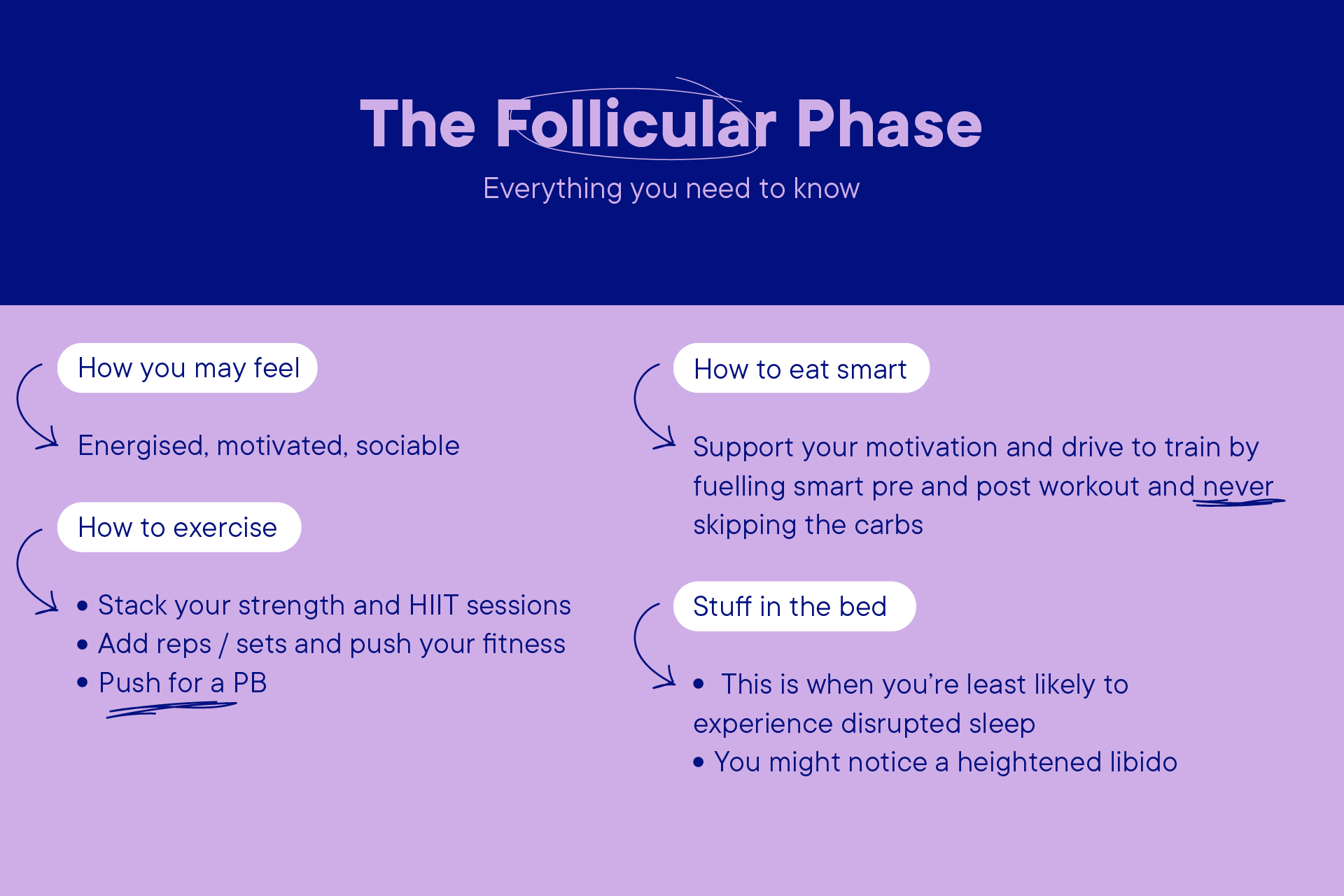
How do you feel and why: The presence of progesterone (see graph above) signals a distinct change of pace, with some women feeling more chilled and relaxed. Although a sense of calm is good, some women can find the lower motivation to train or go hard with their fitness frustrating.
Rather than seeing this as a flaw or feeling guilty that you don’t want to smash that next HIIT, the key is to tune into the change of pace and celebrate the way your hormone profile makes you better able to go for longer, meaning that steady state endurance activity becomes your friend – see the Fitness section below.

How to exercise during your Luteal Phase
People often celebrate the Follicular Phase as the champion of fitness, but there are a lot of interesting things going on during your Luteal Phase, which mean that your endurance ability goes up.
Thanks to a shift in hormones, your metabolism shifts to preferring to use fat as fuel over carbs. The knock-on effect of this is that you may feel like you are more comfortable doing steady state, endurance-style exercise.
To make the most of this fat-burning efficiency, your training should focus on steady state sessions that keep you moving while maintaining your heart rate at a constant pace of about 50-70% of your max.
As well as Low Intensity Steady State workouts (LISS) , this could include things like cycling, running, swimming and power yoga. Note: you shouldn’t cut out high intensity sessions completely, but you should up your proportion of steady state sessions versus the high intensity or strength ones.
For help on what session to do and when, sign up to Jennis CycleMapping
Thanks to a shift in hormones, your metabolism shifts to preferring to use fat as fuel over carbs
What to eat during your Luteal Phase
When it comes to how you process food, progesterone (see graph above) has a couple of ‘interesting’ side effects, not only changing the pace of your mood, but also slowing down your digestion, which can lead to constipation or bloating. To help combat these symptoms, stay well hydrated; eat little and often and chew your food well (10 to 20 chews per mouthful).
Food cravings can also be an issue in this part of your cycle (because of the way progesterone interplays with your blood sugar levels), so it’s good to consciously eat slow-release carb and protein snacks / meals every three hours to stop the urge to reach for salty / sweet / fatty foods - delete as appropriate.
Read more about food as menstrual cycle medicine
Your Luteal Phase and productivity
With the change in pace we’ve already mentioned across your Luteal Phase, it’s probably no surprise that productivity levels can be reduced. Here, it’s about upping the tasks that make the most of your brain function, such as editing, admin and process meetings. In essence, tasks that help to keep things ticking along nicely, rather than creating or working on something completely new.
The Luteal Phase and sleep
When it comes to sleep and your cycle, you might notice that your sleep patterns improve during your Luteal Phase, when the calming, anti-anxiety effects of progesterone are being felt.
According to sleep scientist Dr Helen Driver, you’re less likely to snore during your Luteal Phase, too. Although it may sound strange, “snoring is a sign that your airway becomes closed and vibrates when you sleep,” says Helen. “But high progesterone levels actually ease your breathing and so reduce snoring during this phase.”
Read more about sleep across your menstrual cycle
Sex and the Luteal Phase
Looking at the menstrual cycle as a whole, studies suggest that progesterone has the most powerful effect on sex drive, having a distinct curbing effect on your levels of desire.
Because of this, with progesterone high during your Luteal Phase (just after ovulation), you might notice a drop in libido.
Read more about sex across your menstrual cycle
1) Enjoy your ability to go for longer. Choose a greater proportion of longer steady state sessions (where you are working at 50-70% effort) to take advantage of your fat burning efficiency.
2) Don’t feel defeated if you aren’t smashing your HIIT sessions or leaping out of bed. Embrace the slower pace and celebrate the fact you’re doing what’s right for your body, rather than what society and the fitspo world want us to think.
3) Keep your digestive system moving. Combat the digestive slowdown caused by progesterone by staying hydrated, chewing your food well and snacking on smart protein and carb-rich foods that keep the cravings at bay.

How do you feel and why: Ever been accused of being ‘hormonal’ in your Pre-menstrual Phase? Well, whoever said that is completely wrong.
Contrary to popular belief, anxiety, tearfulness, fatigue, irritability, headaches (and 150 other reported PMS symptoms) are definitely not caused by a surge in hormones (see our hormone graph above). Instead, it’s a massive drop-off in oestrogen and progesterone that’s causing the issues.
Oestrogen affects serotonin (the happy hormone), and progesterone has an anti-anxiety effect, so when you take those two away, it’s no surprise that you get a withdrawal effect – and it's this withdrawal that leads to the less desirable symptoms.
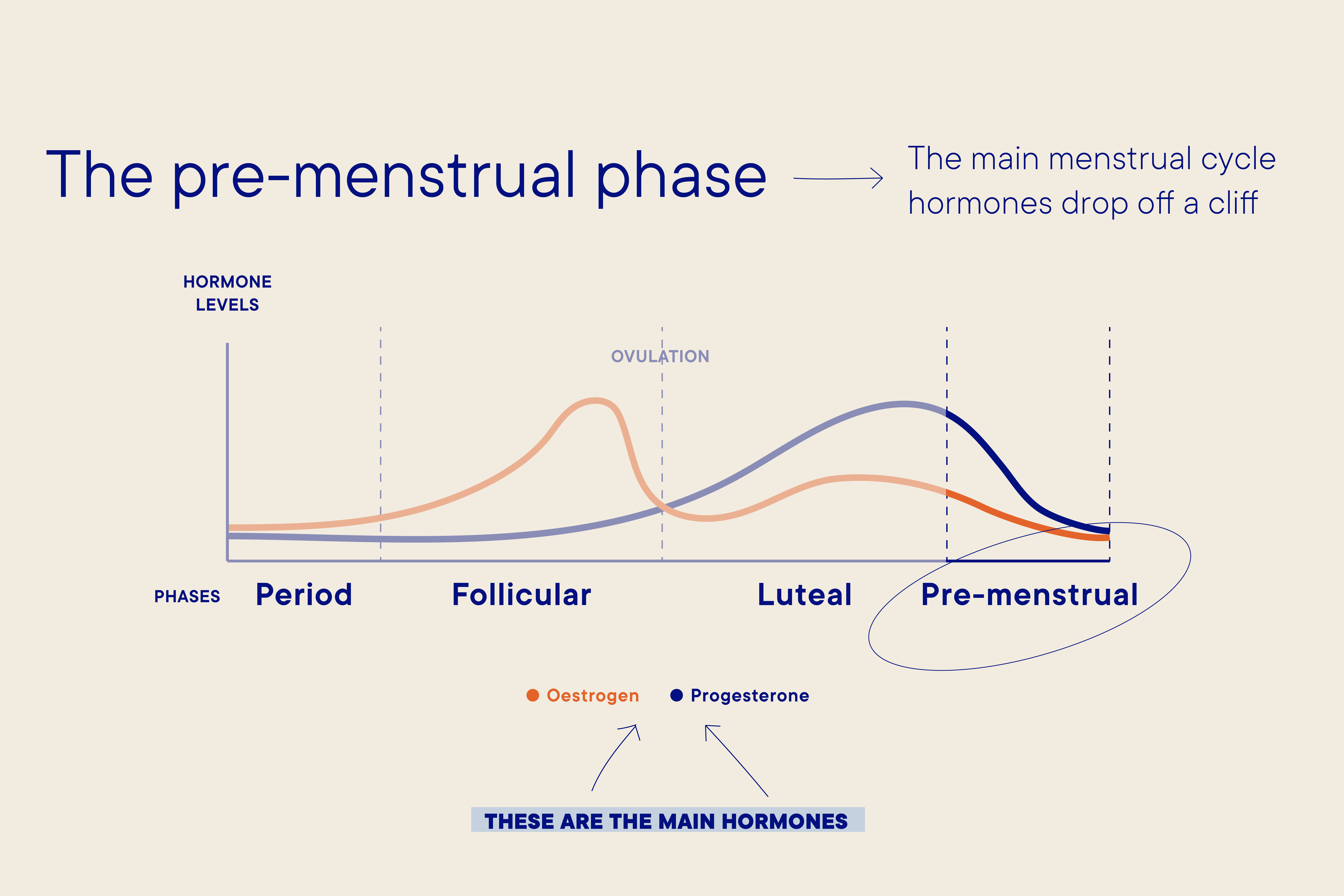
How to exercise during your Pre-menstrual Phase
“Although there is no one way you exercise during your pre-menstrual phase, there are certain styles of exercise that can be more helpful to particular symptoms,” says CycleMapping founder, Jess Ennis-Hill.
If you suffer from bloating, gentle exercises that massage the core can help to alleviate digestive system issues, such as core focused yoga flows. If you tend to feel irritable, try releasing mood-boosting endorphins with a high-energy session like a HIIT run. And if you’ve got no energy at all, a gentle walk or stretch session will still make a positive difference.
The key is to move, with a recent study carried out on women aged 18-25 over an eight-week period, showing that those who exercised regularly noticed a significant reduction in PMS symptoms. In fact, the results were so impressive that exercise can now be used as a treatment for PMS.
Importantly, there’s no pressure to go hard and max out on those burpees. A review of 17 studies that looked at the impact of exercise on PMS proved that it’s not the type of exercise but the regularity that can be beneficial for both physical and psychological symptoms.
Read more about the best exercise for your Pre-menstrual Phase here
The results were so impressive that exercise can now be used as a treatment for PMS
What to eat during your Pre-menstrual Phase
One of the best ways to fight fatigue during this phase is to start the day with a high-protein breakfast, such as porridge with nuts and berries; peanut butter on wholegrain bread or scrambled eggs with spinach on wholemeal.
Easing off the caffeine can improve your sleep quality (which can be disrupted during this phase), so if you hit an afternoon slump, switch out your regular cup of tea or coffee with a herbal or hot water and see if it makes a difference.
And if you experience low mood just before your period, egg white, edamame beans and white meat can all help to produce serotonin (the happy hormone we mentioned before). The key is to combine them with carbs such as brown rice or whole grain bread to absorb them efficiently.
Read more about how to eat to beat Pre-menstrual Symptoms
Your Pre-menstrual Phase and productivity
The drop in hormones across your Pre-menstrual Phase can mean you feel slower and less productive, but there are strategies that can help.
If you’re feeling anxious or irritable, try breaking up tasks into short stints (or power hours) and prioritise ticking off the more urgent things over the things that can wait. That way you keep things moving and get a sense of fulfilment from still getting things done.
The Pre-menstrual Phase and sleep
Researchers who studied groups of women in the run-up to their periods found that they spent less time asleep and had shorter bouts of rapid eye movement sleep , which is when we dream.
To ease the sleep disruption, there are things you can do, with regular exercise one of the best sleep aids. As testament to this, a 2019 study found that three 60-minute yoga sessions a week for 10 weeks helped to improve sleep for a group of women with PMS compared to the control group.
Read more about sleep across your menstrual cycle
Sex and the Pre-menstrual Phase
It probably comes as no surprise that for many women, PMS symptoms like anxiety, fatigue, low mood and poor self image, make the Pre-menstrual Phase a turn-off on the sexual desire front.
However, for a group of women who don’t get PMS, some studies have discovered that sexual desire can be heightened right before menstruation starts. At this point in the cycle, your progesterone levels are really low, so it’s thought that a rise in libido is because progesterone (the passion killer) is no longer able to curb your desire.
Read more about sex across your menstrual cycle
1) Keep moving. Boost endorphin production and offset any negative symptoms by moving in a way that feels right to you.
2) Start smart with a high protein breakfast. This will help to reduce cravings and help with symptoms of fatigue.
3) Add yoga to your routine. If you suffer from disrupted sleep in the lead-up to your period, adding yoga into your fitness routine is proven to help.

To make cycle syncing easy, you can sign up to the CycleMapping app, which does all the mapping, tracking and training and lifestyle recommendations for you.
When you sign up, you go through a quick questionnaire, which helps the experts behind the programme understand your fitness goals, cycle length, period / pre-menstrual symptoms and fitness level. Using this, they can pinpoint where you are in your unique cycle and make training recommendations based on the hormone profile of the phase that you’re in.

Each day, you’ll be recommended a different selection of workouts that make the most of your hormones, energy levels and mood. You’ll get helpful life hacks on what to eat to boost or minimise symptoms; plus, you can log your daily symptoms and moods, which helps to create a picture of your personalised symptom trends so you can use them to your advantage.
Every woman is different and their hormonal profiles and period symptoms are different, but top benefits of mapping your fitness and training to your cycle, include:
1) More efficient strength and fitness gains - as a result of working with your cycle and physiology, rather than against it.
2) A more consistent approach to training - because the sessions adapt to your mood and hormones, most women find they do more total sessions across an average menstrual month, so end up working out more than they usually would.
3) Reduced cycle symptoms – including reduced hormonal headaches and hormonal insomnia.
4) Greater energy - as a result of varying sessions to match your hormonal profile and mood.
5) Improved body image and positivity - through understanding your energetic peaks and troughs, rather than feeling guilty about the low energy, low workout days.
Read: real women CycleMapper stories here
 Cycle syncing
Cycle syncing Perimenopause
Perimenopause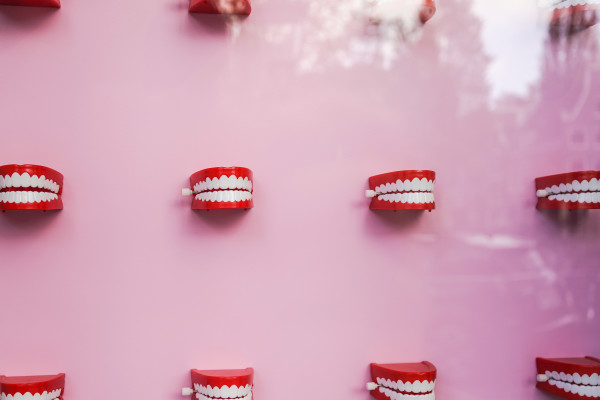 Perimenopause
Perimenopause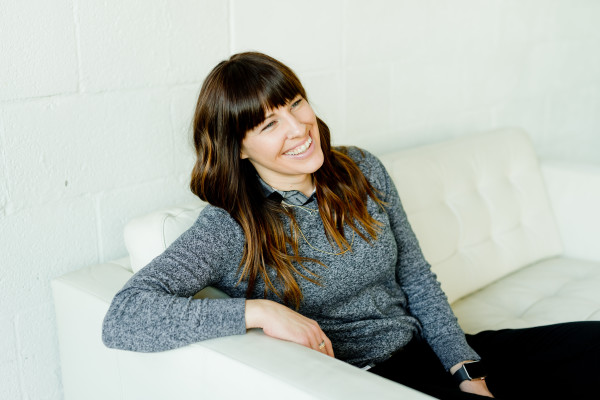 Perimenopause
PerimenopauseSign up to learn everything you need to know about CycleMapping, plus how you can live better and feel better through optimising your fitness to you.
This website uses cookies to ensure you get the best experience on our website. Learn more
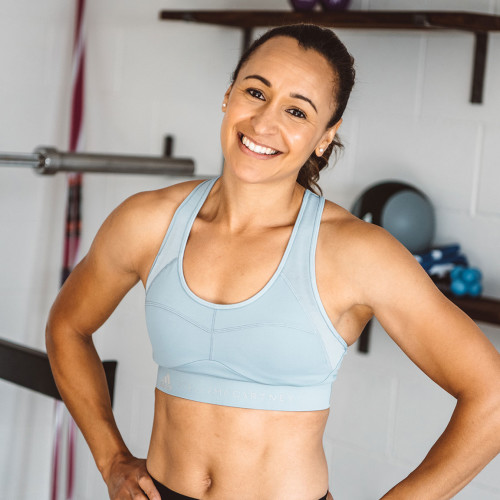
Sign up for the very latest news on women's fitness, health and hormones, plus be the first to receive exclusive offers and extras